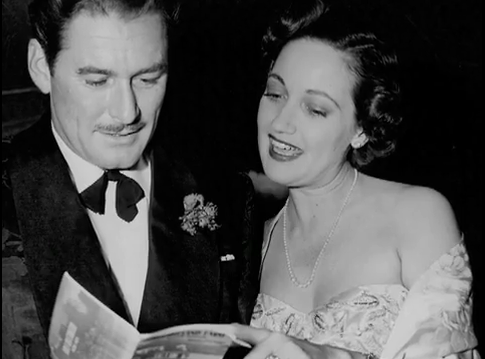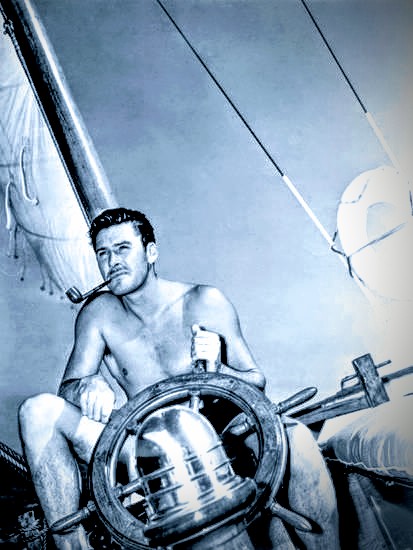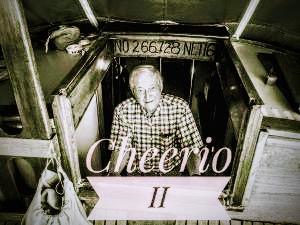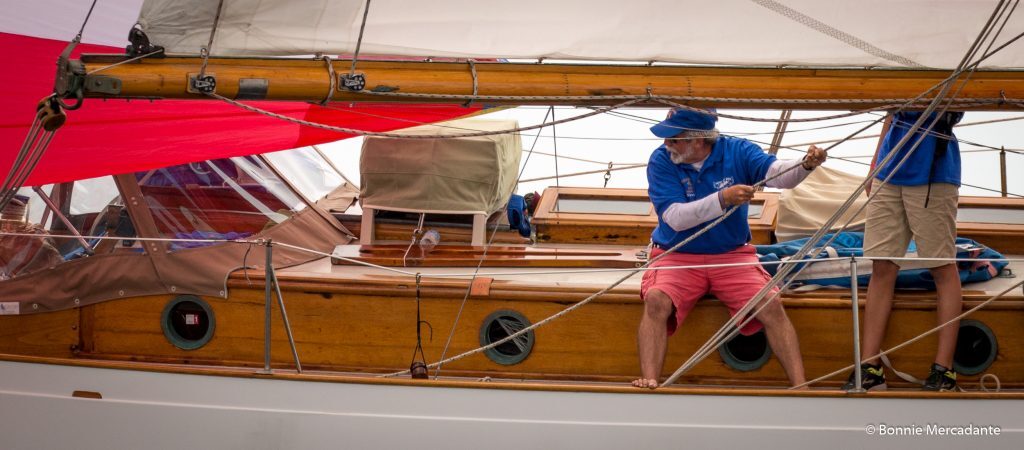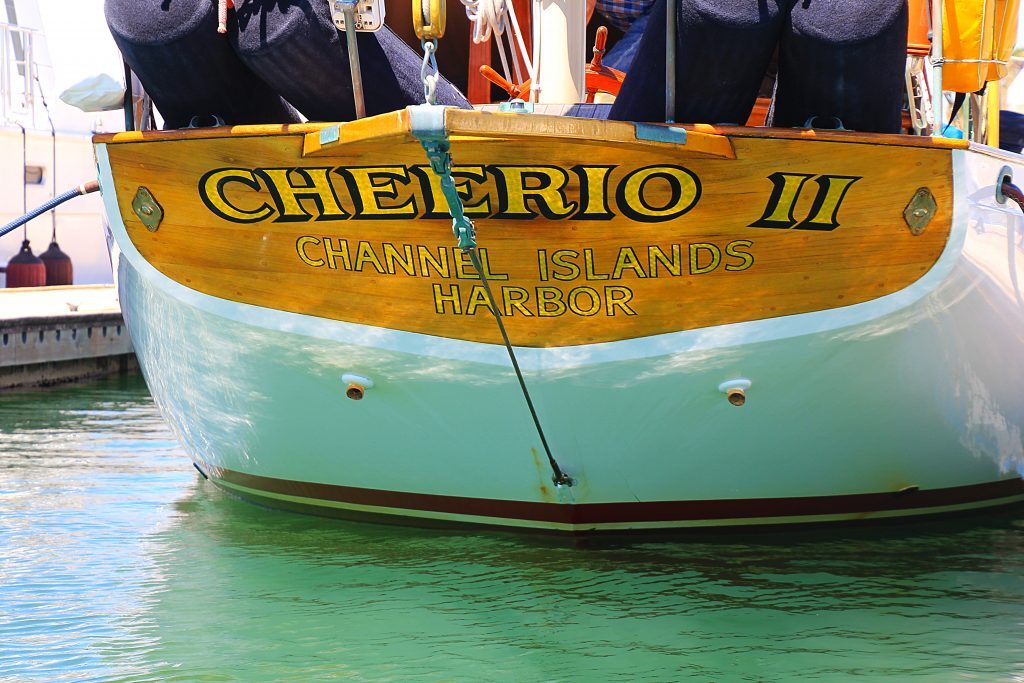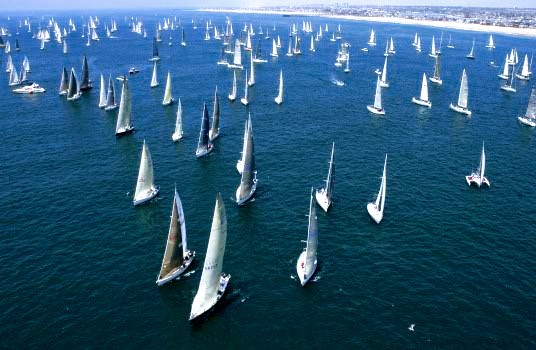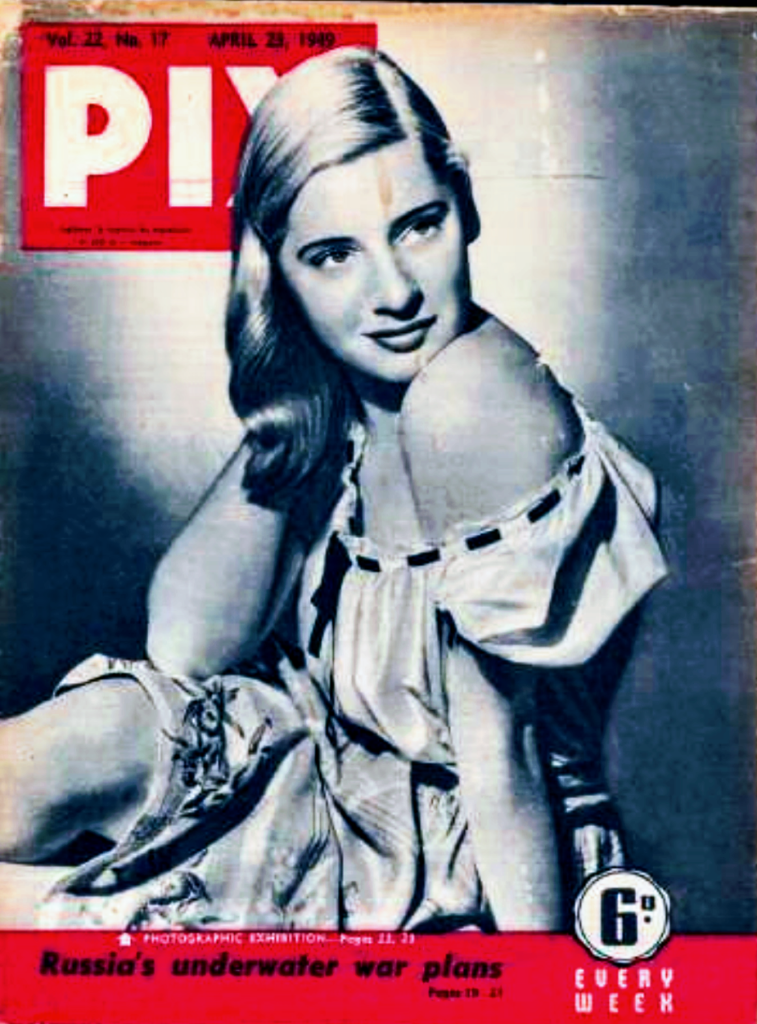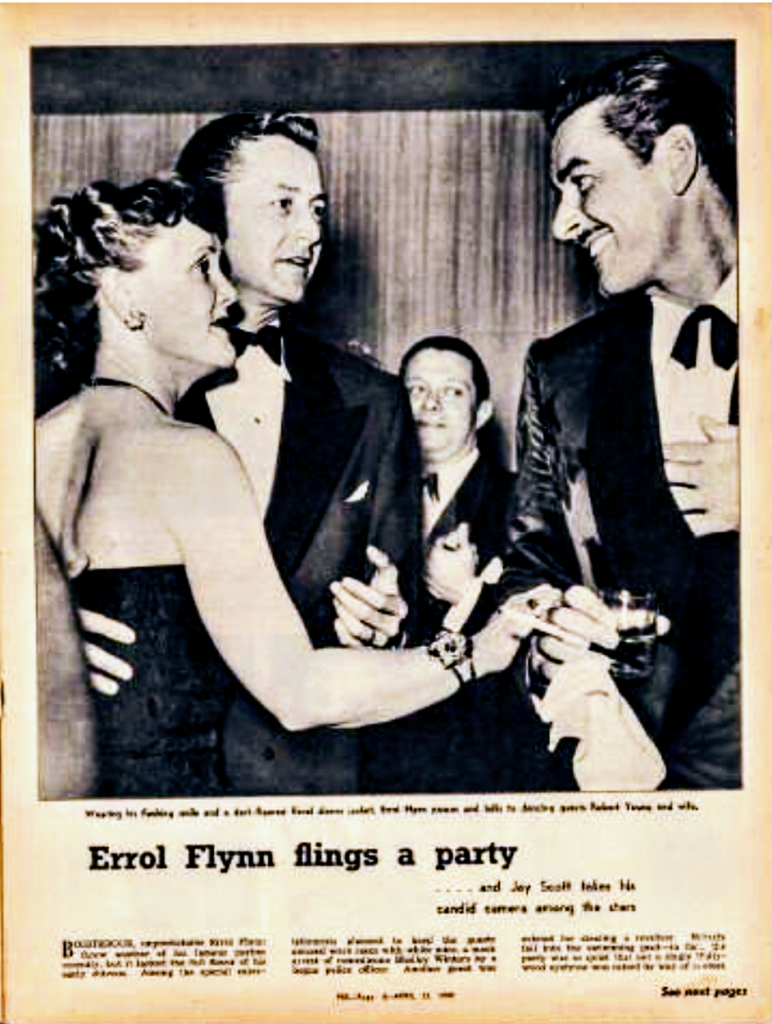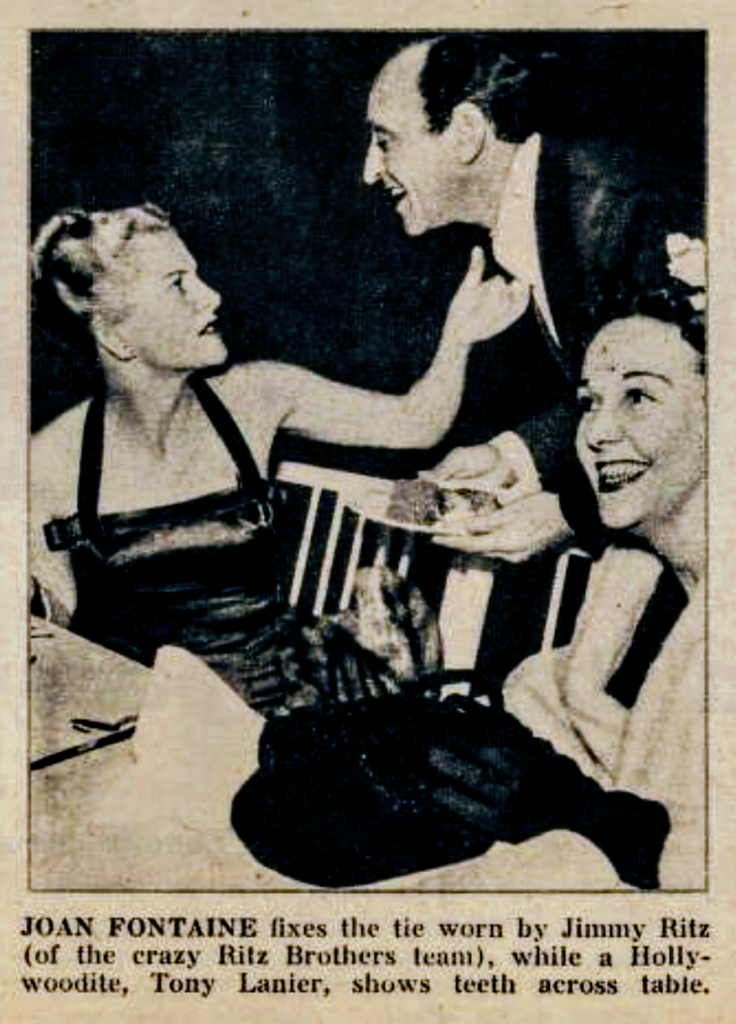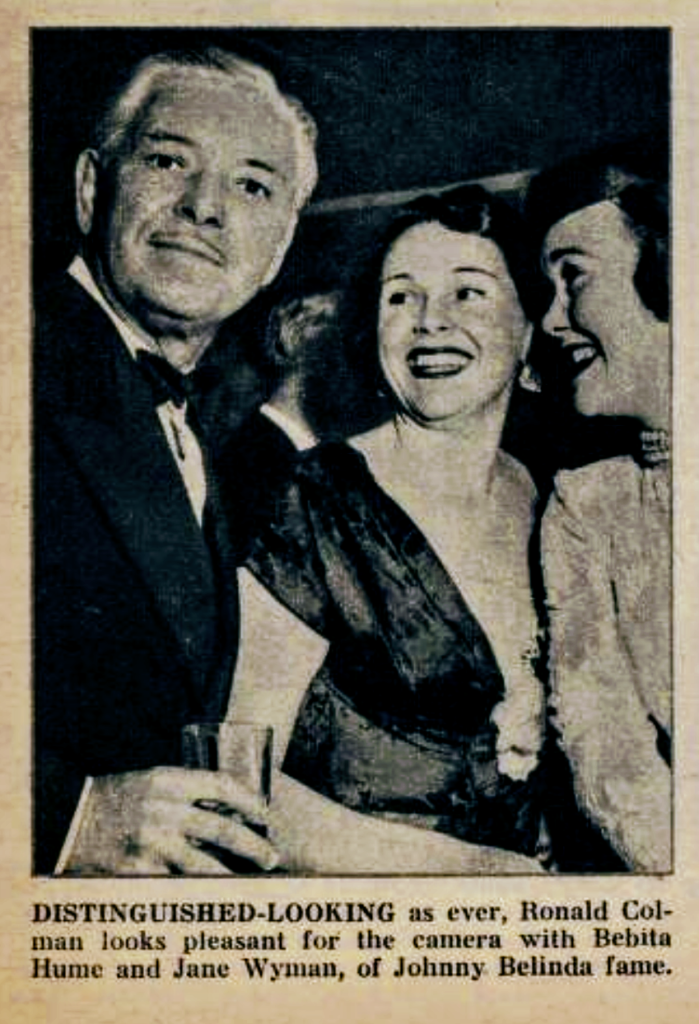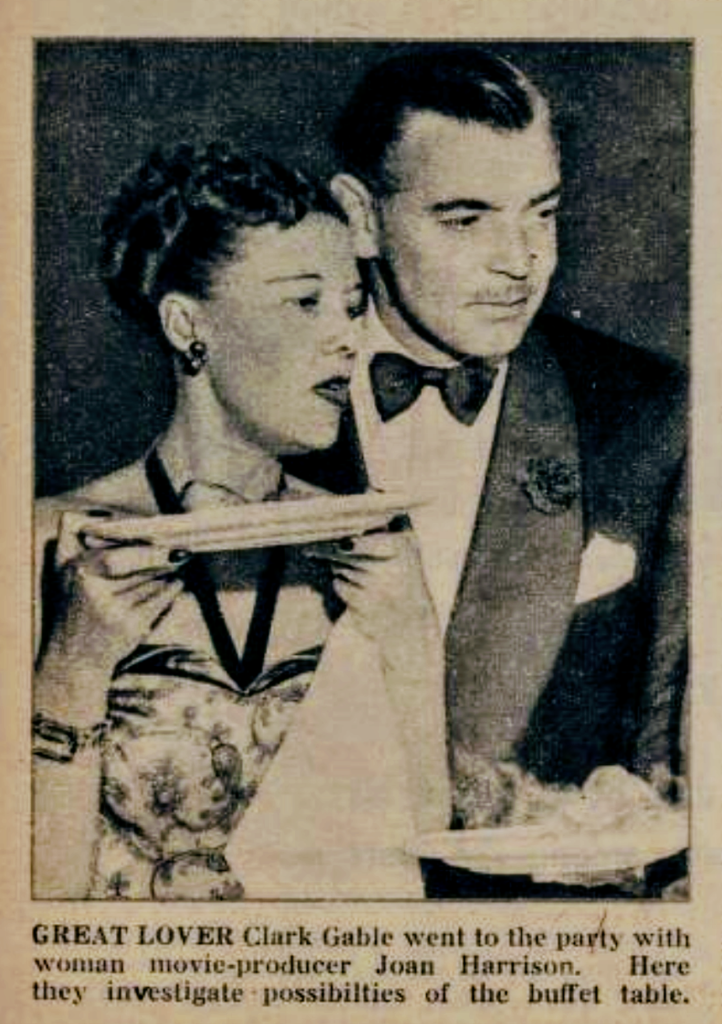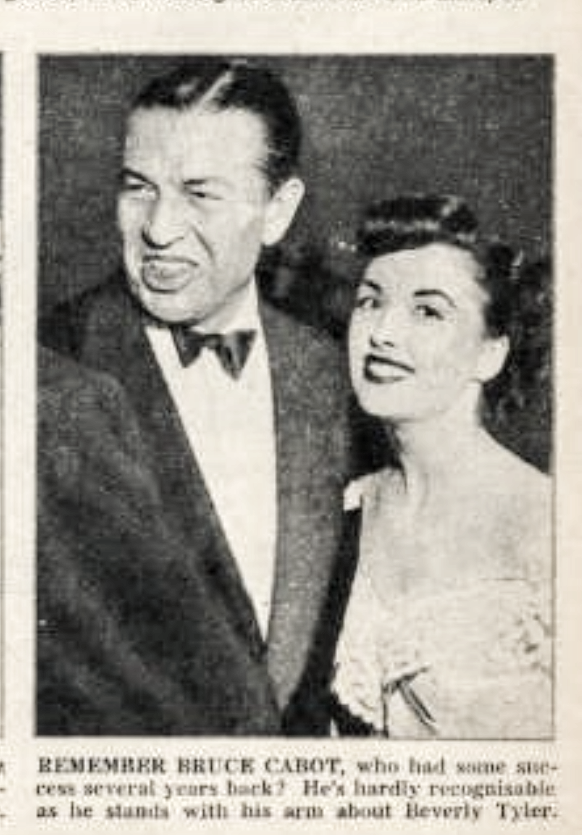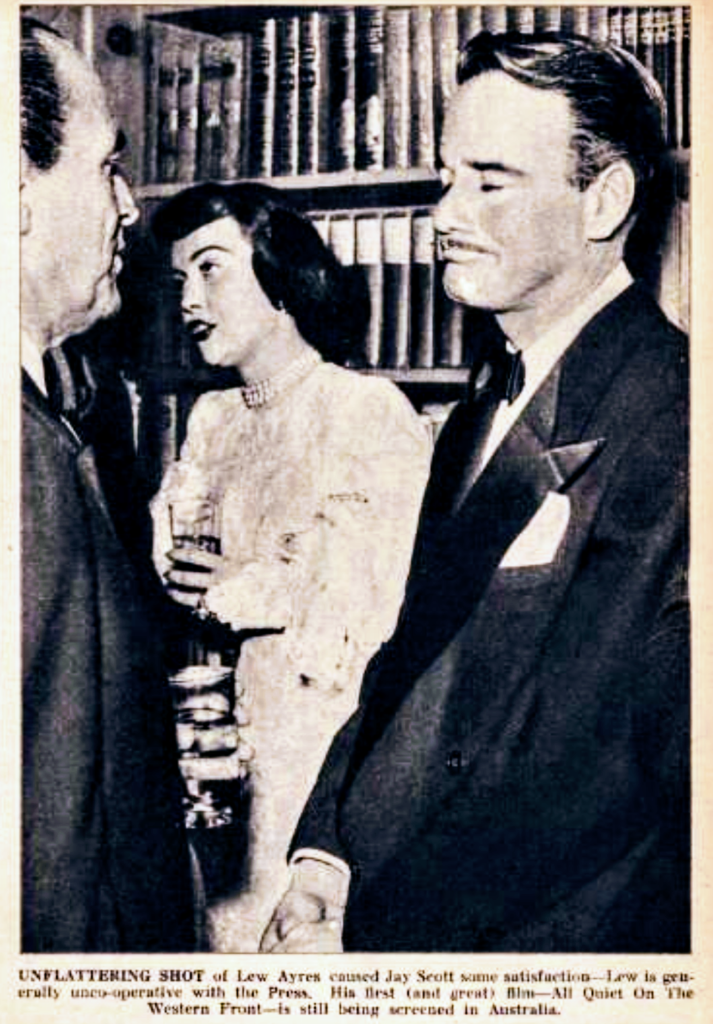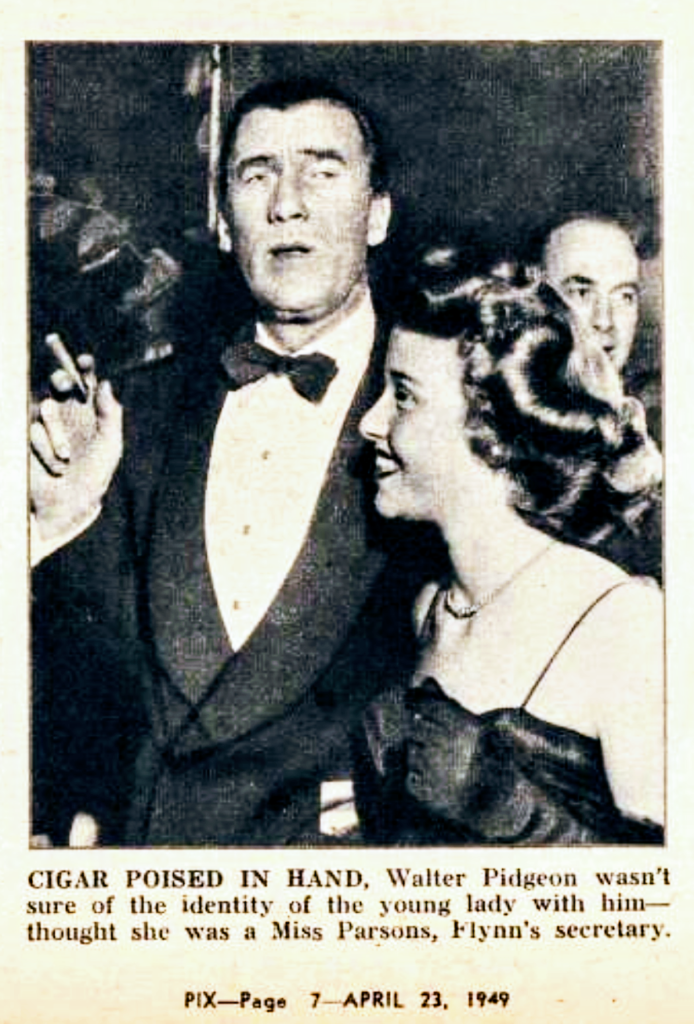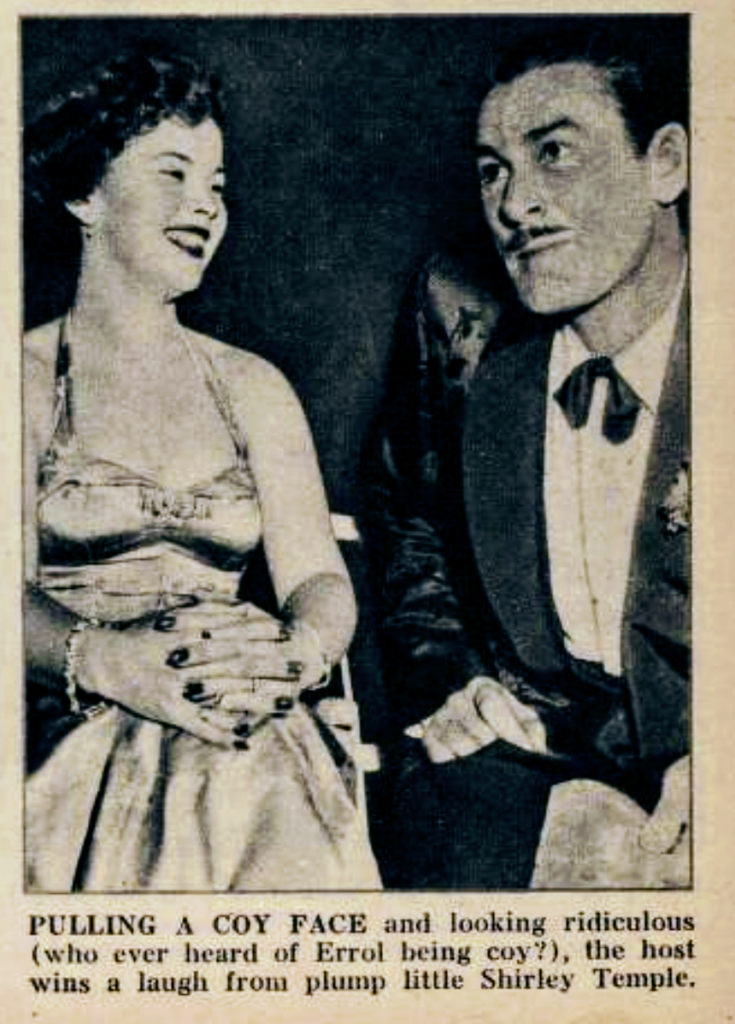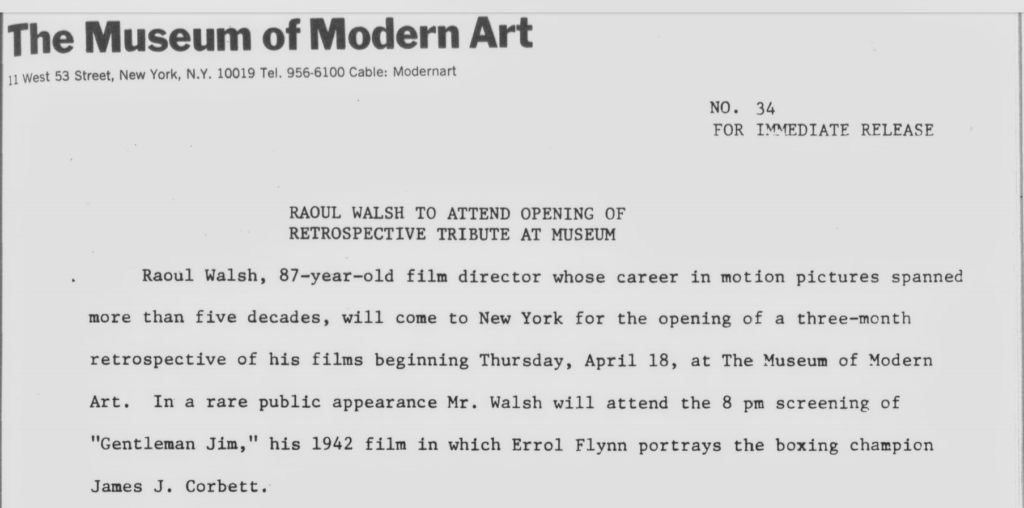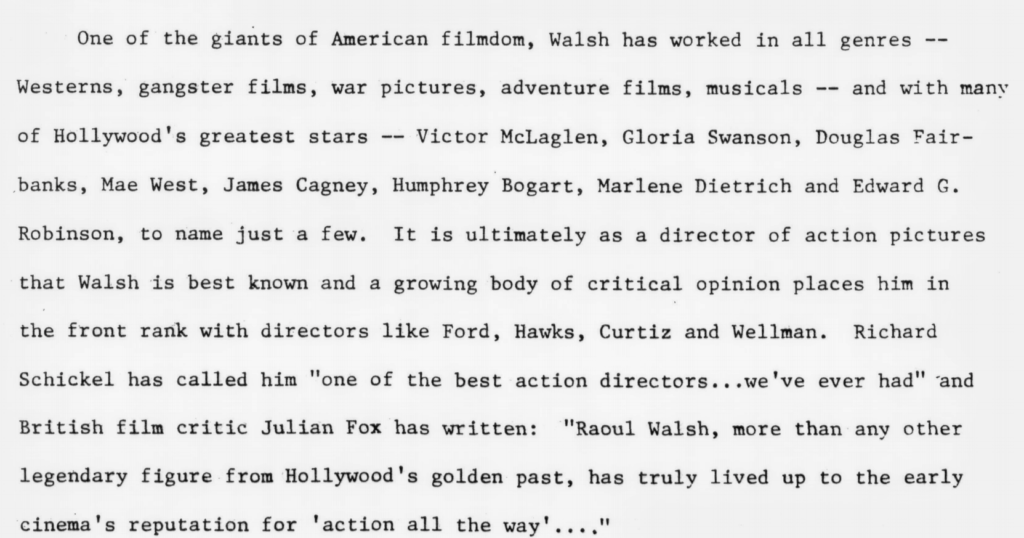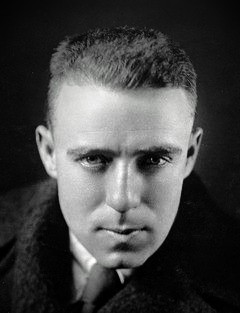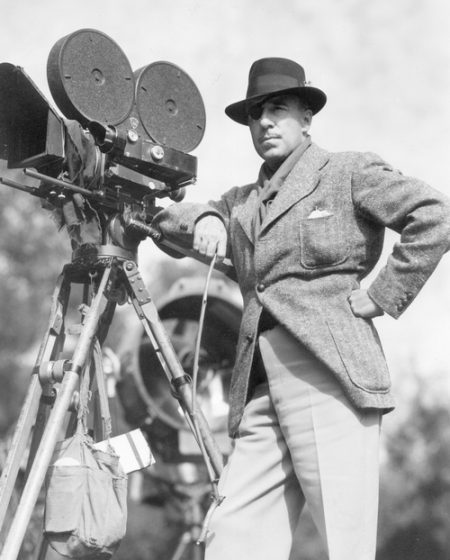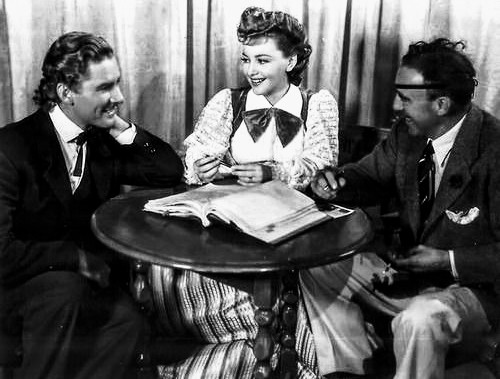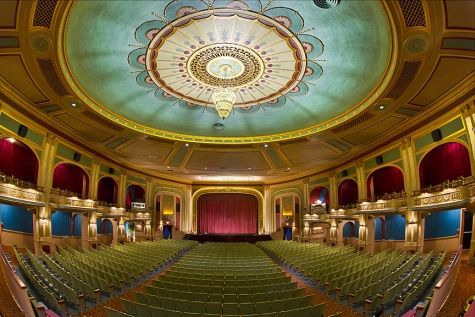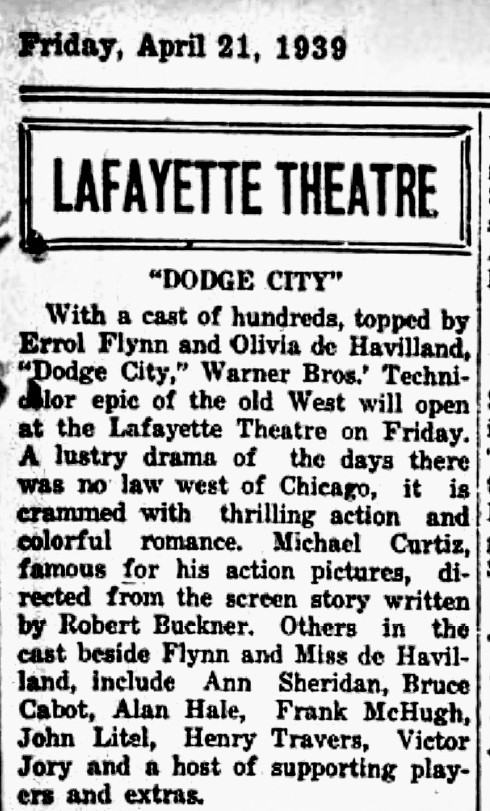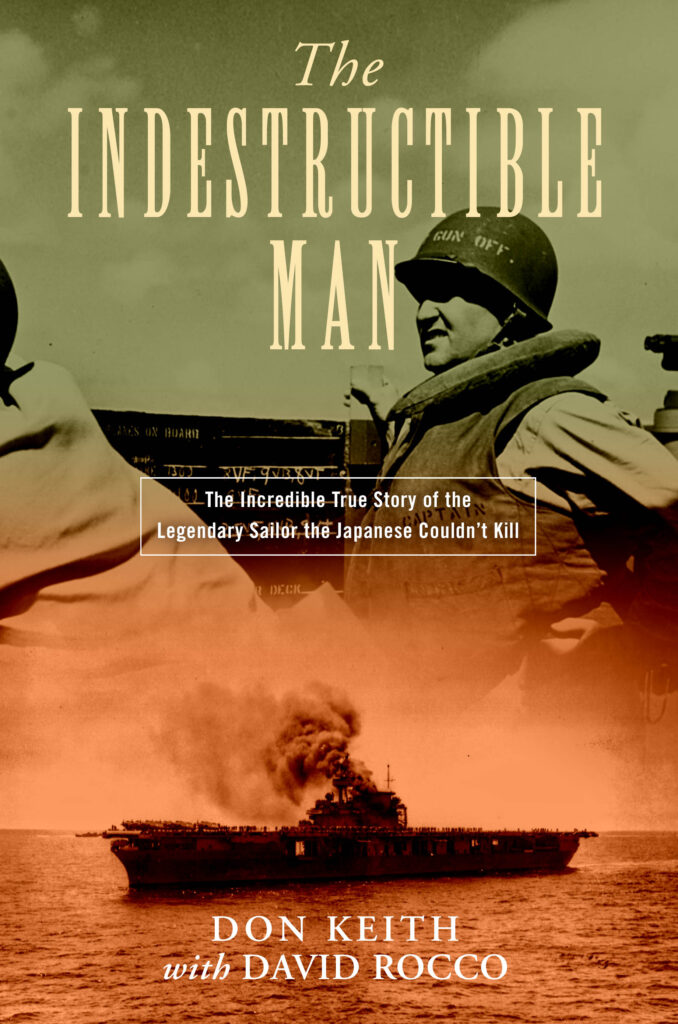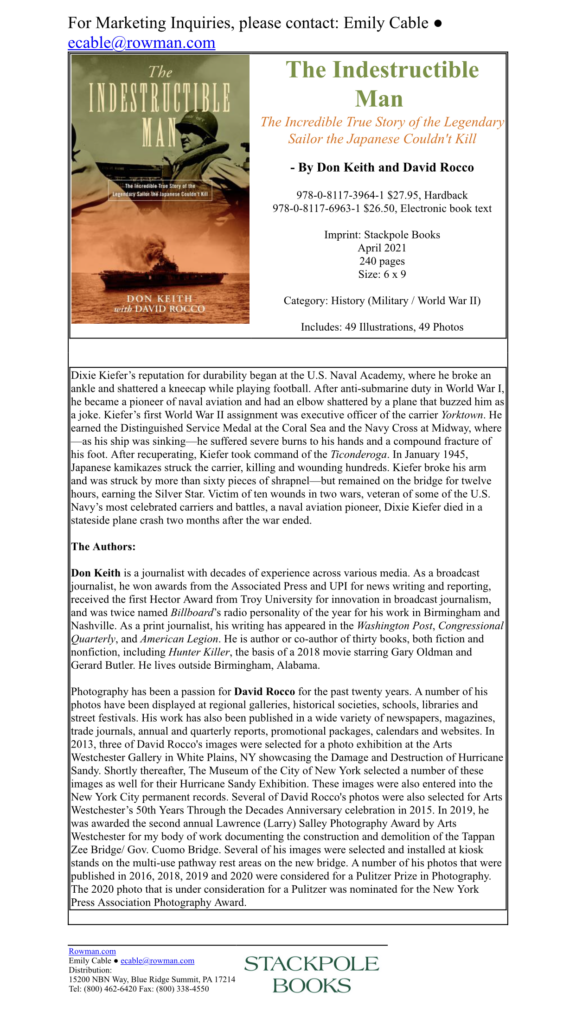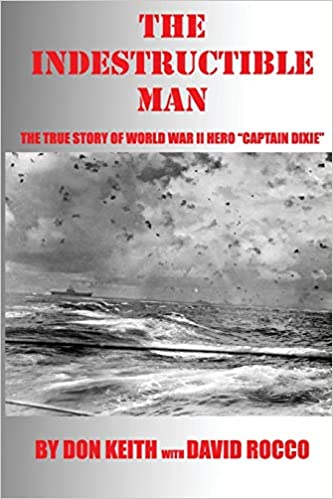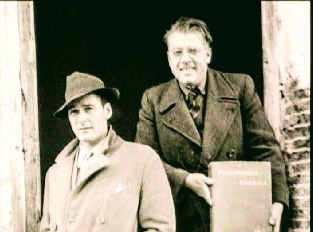“The Adventures of Errol Flynn,” premiered on TCM on April 5, 2005, encoring two weeks later on April 19.
“Imbued with the same swashbuckling spirit as its subject matter, this Turner Classic Movies documentary qualifies as must-see TV for anyone weaned on the cinematic exploits of Errol Flynn, whose life on and off the screen makes for a great deal of fun.”
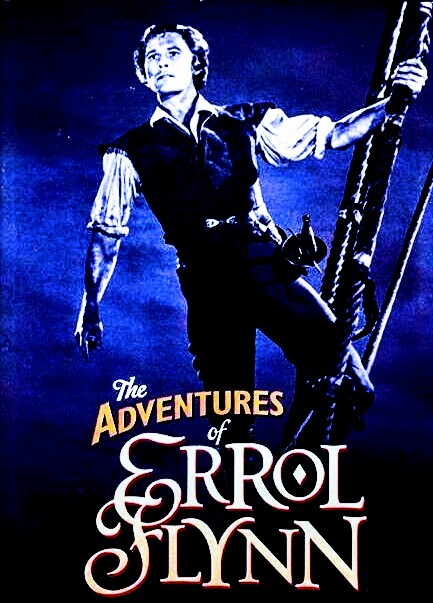
THE SWASHBUCKLING LIFE OF ERROL FLYNN
Washington Post
By Tom Shales
April 5, 2005
We may as well retire the word “dashing,” since nowadays it applies to nearly no one. The adjective fits icons and movie stars and royal personages who exist only in the past.
Of all the dashing figures to swing across the movie screen in Hollywood’s golden age, Errol Flynn has to have been the dashingest, at least among candidates from the sound era. He may not have cut a wide swath, exactly, but he cut a rambunctious one. He was one of the screen’s most magnificent rascals, wittily self-aware yet never self-adoring.
Turner Classic Movies pays jaunty and justifiable tribute to Flynn this month with a splendid 32-film Flynn festival, mostly movies made at Warner Bros. Studios, but shamefully omitting the 1943 Warner spectacle “Thank Your Lucky Stars,” in which Flynn sang and danced.
We’re all used to hearing that in real life, this or that performer had no resemblance to the image projected on the screen. But as the word “Adventures” in the title suggests, Flynn was larger-than-life whether on the screen or off it. He was determined not to bore or be bored, and he perhaps exhausted himself in that pursuit, dying at the age of 50 but looking much older.
Even the simplest details of Errol Flynn’s life seem exotic: He was born in Tasmania, of all places, in 1909, and just sort of stumbled into movies in 1933, when he played Fletcher Christian in the sea saga “In the Wake of the Bounty,” Australia’s first talkie.
Two years later, Flynn landed what couldn’t quite be called a plum role in a Hollywood film: He played an impeccable corpse in “The Case of the Curious Bride,” a Perry Mason mystery. There was, as the saying goes, nowhere to go but up, and Flynn went there with a string of swashbuckling, supremely entertaining classics, of which the most memorable and rousing was “The Adventures of Robin Hood” in 1938.
Flynn and the Technicolor tights fit each other so perfectly that one can only wonder what mogul Jack L. Warner had been thinking or drinking when, years earlier, he’d decreed that James Cagney, not Flynn, would be the perfect guy-in-green.
Many other versions of “Robin Hood” have been filmed in the years since, but nobody ever played Mr. Hood with greater gusto, charm and spirit, as the sumptuous clips make clear. According to the documentary, Flynn handled his own sword fighting in the film’s bravura duel with pernicious popinjay Basil Rathbone.
Olivia de Havilland made eight films with Flynn and still seems smitten, as when she recalls the impression he made when first they met on the set of “Captain Blood.”
“Ohhhhh, ohhhhh,” she murmurs, summoning her initial reaction with such enthusiasm she almost gets the vapors. “He is the handsomest, most charming, most magnetic, most virile young man in the entire world,” she says, and she was thus willing to forgive him anything, even the time he left a dead snake in one of the voluminous gowns she wore in “The Charge of the Light Brigade.”
Unfortunately, the documentary makes the error of attributing the still-thrilling eponymous charge that ends the movie to director Michael Curtiz, who directed several Flynn films, including most of this one. But the logistics and filming of the actual charge (intercut with quotations from Tennyson’s epic poem) were handled by B. Reeves “Breezy” Eason, the legendary action master whose credit was usually “second unit director.”
The mustache Flynn wore in “Charge” and most of his other action films added the perfect rakish touch to his appearance. Rakishness came naturally; so did a rebellious arrogance. Producer Hal B. Wallis (“Casablanca”) confirms the impression that Flynn gave studio bosses as many ulcers and migraines as he could: “He was the same likable rogue from the beginning right on through his career. He’d make these demands, he’d disappear, he’d come back to work and he would have the top brass at the studio apologizing to him!”
He loved sailing and playing tennis and, unfortunately, shooting up morphine. In very rare footage from 1955, we see Flynn lampooning himself on TV’s “Martha Raye Show.” His days as a lean, limber, devilishly handsome movie star were behind him, but he could even be irreverent about that. The producers begin the documentary with a priceless clip from “The Steve Allen Show,” satirizing “To Tell the Truth.” In this case, the announcer asked for “the real Errol Flynn” to stand up, and since the faux Flynns were a fatuously suave Louis Nye and a quivering Don Knotts, the genuine article was amusingly obvious.
There’s a poignancy to the clip, though, especially when one recalls that Flynn would be dead within a few years. He was long past his days of tights and tree-climbing, looking as though he had left his 40s behind several eons ago. The situation clearly inspired Richard Benjamin’s raucously evocative comedy “My Favorite Year,” which is about a fading old rake. Peter O’Toole, another of the last-of-the-dashers, appears to have nearly as high a time being Errol Flynn as Errol Flynn did.
Separating the actual from the mythic in Flynn’s life isn’t always easy — nor, arguably, at all necessary. J. Edgar Hoover, with typical perversity, started investigating Flynn early in the ’40s, and decades later, a biographer would scrounge up allegations that Flynn had loopy Nazi leanings all that time. In 1942, he faced an apparently trumped-up charge of statutory rape by two Hollywood party girls. Says Flynn’s daughter Deirdre, among many Flynn intimates interviewed: “My father never had to ‘rape’ anybody. Women chased him.”
“I have a zest for living,” Flynn himself once said, “yet twice an urge to die.” Die he did, on Oct. 14, 1959, a few years after giving a hauntingly dissipated performance in “The Sun Also Rises.”
Film of Flynn as himself, near life’s end, shows him looking wan and chubby, and yet some of the dash still survived, apparent in the wicked twinkle of his mischievous eyes.
There was no indication, on the other hand, that he suffered even a hint of regret. “I’ve loved it,” he said of his life, “every minute of it.” You may feel precisely the same way about watching “The Adventures of Errol Flynn.”
— Tim
